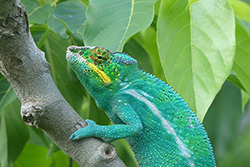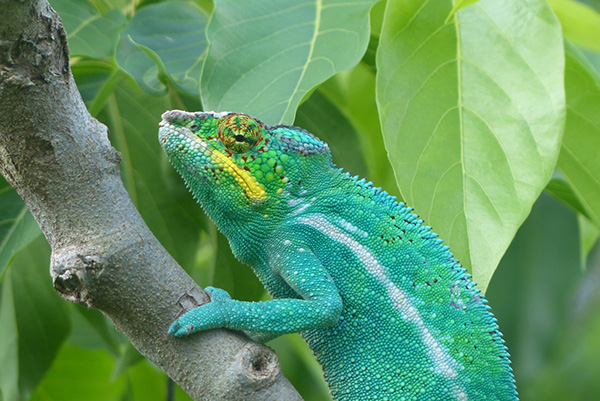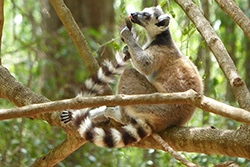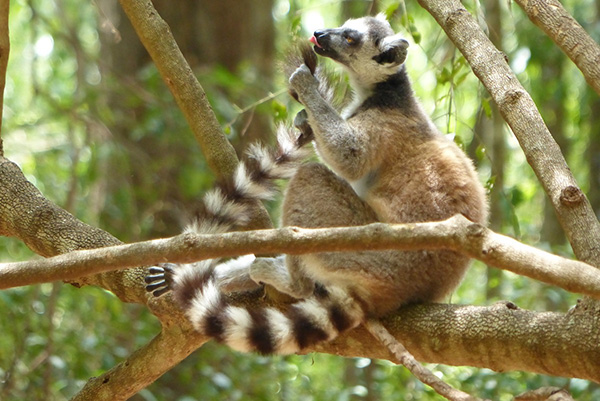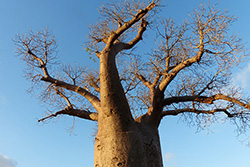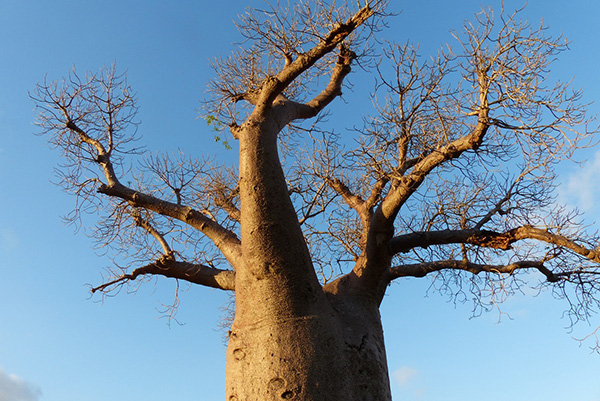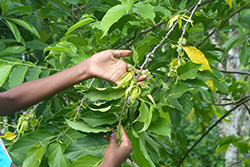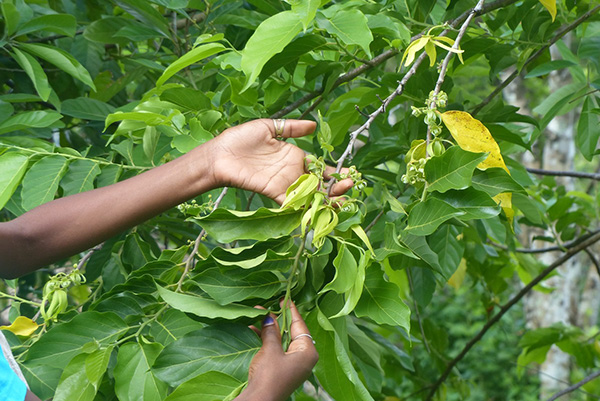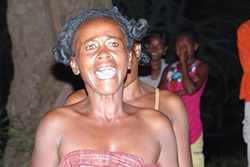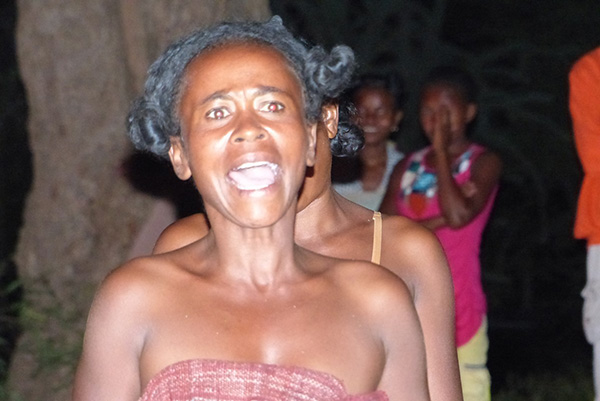- Travel Navigator
- Current Tours
- Women's Tours
- Exotic Travel
- Special Group Tours
- Image Gallery
- Cape Town Flora
- Savuti Camp, Botswana
- Tubu Tree Camp, Botswana
- Chitabe Lediba, Botswana
- Jack's Camp, Botswana
- Ruckomechi, Zimbabwe
- 2015 Ecuador-Napo Jungle
- 2014 Mandrare, Madagascar
- 2014 Manafiafy, Madagascar
- 2014 Andisibe, Madagascar
- 2014 Masaola, Madagascar
- 2013 Galapagos Tour
- 2012 Primates Primer, Uganda
- 2010 Women's Walking Tour, Kenya
- 2009 Amazon Botanical Tour
- 2009 SE Asia Tour
- 2009 Buenos Aires Art Tour
- 2008 South Africa & Madagascar
- Macchu Picchu, Peru
- Past Trip Archive
- 2014 Textiles Tour of Burma
- 2013 Karisia, Kenya Women’s Walking Safari
- 2013 Textiles Tour of Burma
- 2013 NTBG - Southern India
- Northern India Textiles Tour 2011
- Visual Arts Tour of Buenos Aires 2009
- NTBG Amazon 2009
- Womens Tour of South East Asia 2009
- NTBG Madagascar & South Africa 2008
- Women's Baja Adventure 2007
- Cultures and Arts of South India 2007
- NTBG Myanmar & Thailand Tour 2004
- Women's Tibet Trek 2004
- NTBG Bhutan Tour 2002
- Cantores France Tour 2002
- Women's Tibet & Nepal Adventure 2000
- About Us
- Contact
Terra Nova Travel
Professional trip designing for the inquisitive, independent and intrepid
Why Madagascar?
Madagacar’s native residents, the Malagasy, are warm and welcoming people. The Malagasies I met frequently asked me why I, an American, would wish to visit their island nation. My answer, my love of Ravel's sensual " Chansons Madécasses” and the John Cleese BBC special on the lemurs of Madagascar seems to have left them very baffled! Perhaps my references were too obscure for them to comprehend, but I somehow felt less foolish than if I had offered the Disney film, Madagascar, as my motivation for visiting their country!
Or I could have offered the more traditional reasons:
|
|
|
|
|
|
|
|
|
** This singer’s facial expression evokes for me the opening lyrics of Ravel’s second song in the Chansons Madécasses cycle, “Mefiez-vous des blancs”(Beware of the Whites) Jan DeGatetani brings the pulsating power of this song cycle which was controversial in its time for its blatant anticolonial message in “Mefiez-vous des blancs.”
A la the great folk music archivist, Alan Lomax, I videoed my own short field recording of the Ambodiforaha women dancing and singing. This is the “real McCoy” or perhaps I should say the real “Old MacDonald Had a Farm…”
HERE’S WHY AND WHERE…
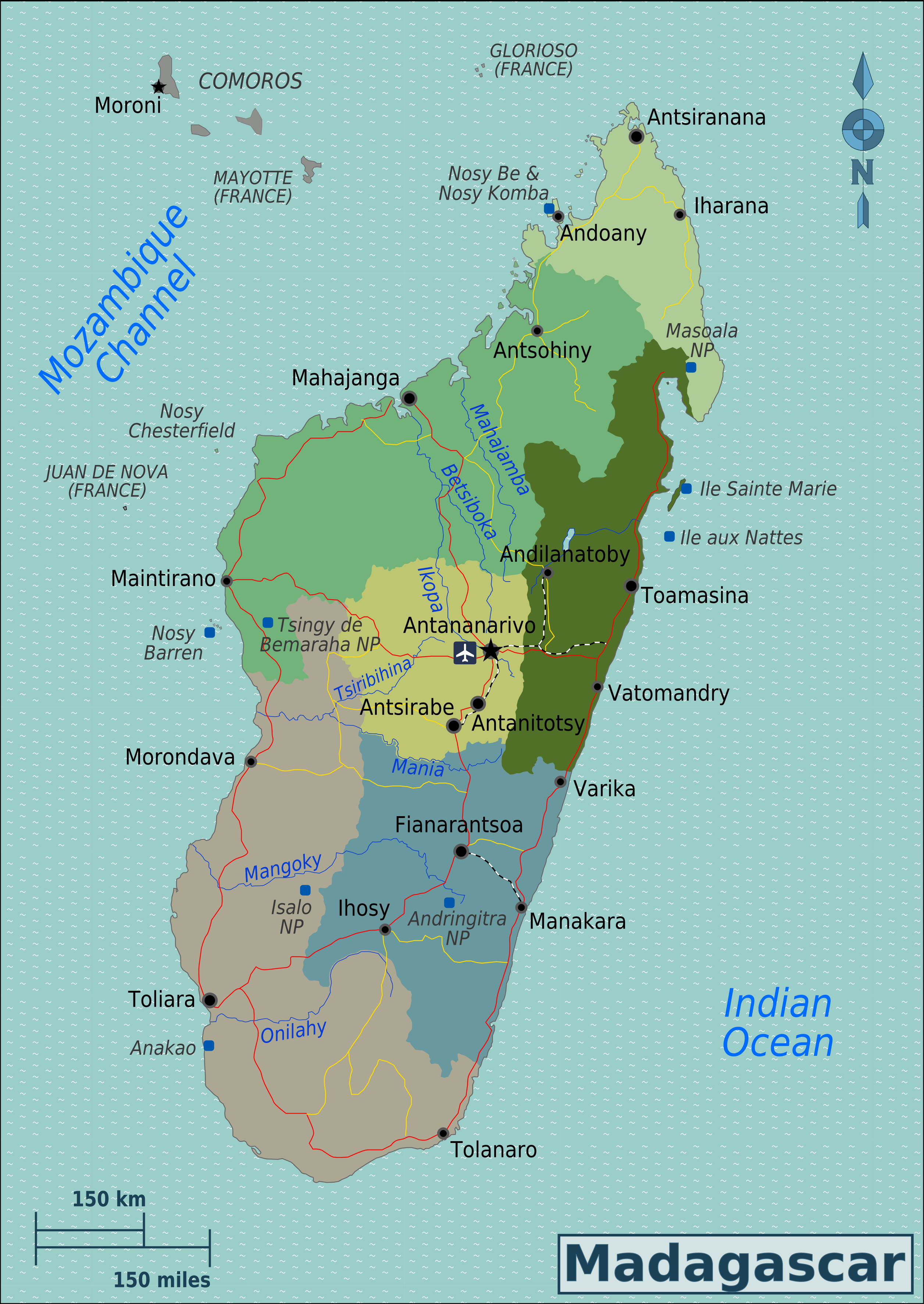 FROM SOUTHEAST TO NORTHEAST MADAGASCAR
FROM SOUTHEAST TO NORTHEAST MADAGASCAR
Although by American standards a three week visit would be a luxurious amount of time to explore any destination, Madagascar’s infrastructure and size make a whirlwind “hit all the major sites “ trip impossible.
During my visit I concentrated the majority of my time on the East coast . Commencing in the south in the Ft. Dauphin area, I worked my way north to Masaola National Park.I have divided the trip into several slideshows with descriptions of each stop on the northward coastal journey. I invite you to vicariously accompany me on my November trip .
MANDRARE RIVER CAMP (Slideshow)
After the requisite overnight stay in the capital, Anatanarivo, I flew south to Fort Dauphin. From Ft Dauphin it is a 3 1/2 hour scenic drive on the most unbelievably rutted road to the Berenty (Mandrare) area. While the Berenty Lodge in the Berenty Reserve has been the only game in town, Mandrare River Camp proved to be an excellent alternative. Located on the bank of the Mandrare River, this camp is operated like a safari lodge. The three night package includes daily activities, meals, drinks and laundry as well as the 15 minute return Cessna flight, sparing guests the grueling 50 mile/3 ½ hour return drive. The camp’s seven permanent tents are situated on private land and from the camp guests head off in their four wheel SUVs to explore the countryside. The local Antandroy Tribe has granted camp visitors access to its lands with included the Sacred, Spiny and Gallery Forests. On the Mandrare slideshow you will view the lodge, the visit to Ifotaka village, the stately fony baobab amidst the sisal fields at sundown and Saturday market day where one can buy everything from fried tenrec, raffia rugs, rope tobacco, zebu and other assorted livestock and even “fripperie” our equivalent of the Goodwill bins.
In the three distinct forest walks where one has the opportunity to observe the local wildlife in their native landscape. It is important to note that the animals are not fed, so observation is always from the trail. Binoculars and a good telephoto lens are a must!
- Sacred Forest with the tombs of the Antandroy Tribe. The Antandroy spend their lives in simple wooden structures, but for the afterlife they build solid stone tombs meant to stand for eternity. Guided through the Sacred Forest by our Mandrare guide and a local villager, our first sight was the stately baobab, with nesting weaver birds. Further on our sunset walk we encountered the nocturnal white footed sportive lemur, and the octopus tree, (didierea madagascariensis.) The most bizarre encounter waswith the white frilly beetle on a tree branch that looked like a witch hazel bloom.
- Spiny Forest. The Spiny Forest is home to the Verreaux sifaka. These tree bound have extremely long legs and are members of the same family as the indri. It is amazing watching them in the octopus tree "canopy" plucking the leaves off the spiny trunks. The succulent kalanchoes are the size of trees!
- Gallery Forest. The Gallery Forest conforms to the more typical definition of a forest with large deciduous tamarind trees. The Gallery Forest inhabited by the Verreaux sifaka and the hissing cockroach, but the real stars of the show are the gregarious ring tailed lemurs. Without any baiting from the guides, these comical creatures descend from the canopy to relax, gather tamarind pods and scamper on the forest floor. We even observed a very elaborate grooming ritual!!
MANAFIAFY LODGE (Slideshow)
The sister lodge to Mandrare River Camp, Manafiafy Lodge, offers a beach experience along the northeast coast. The fishing village of Manafiafy (or St. Luce) is about a five minute walk from the lodge which also offers an all-inclusive package , but unfortunately without a return flight to Ft. Dauphin (Tôlanaro)! The management are working on the airstrip which is too sandy to permit light aircraft to land. The drive from Ft. Dauphin is again about 3 hours, but the journey to the lodge can be spiced with unforeseen adventures along the route such as a fallen eucalyptus tree blocking the road!! This invasive species imported from Australia in the nineteenth century serves for both fire wood and is used to make furniture. Typically power tools are rare, so man power or it “takes a village” is how they things get done, and yes of course on African time!! While I did view the diurnal collared brown lemur and on my night walk, with the aid of a flashlight, a few interesting animals, orb spiders in their huge nets, warty chameleons , the brown mouse and dwarf lemurs with a flash light, the fauna is not the wow factor of Mandrare. The snorkeling was good and would have been better in calmer seas. The most unique activity was the bayou boat ride in the mangrove swamps. From the boat I viewed the travelers’ palm, papyrus, elephant ear, and the gorgeous Madagascar king fisher as well as villagers fishing with handle held nets in the rich waters. On the road back to Ft. Dauphin we made a road side stop to view the fields of literally hundreds of the famous Madagascar pitcher plants all open and waiting for their next fly snack. The area just outside of Ft. Dauphin has rice plantations and lychee nut orchards with the fruit almost ripe for picking.(by not gleaning!!)
CENTRAL EAST COAST - ANDASIBE & PANGALANES-BUSH HOUSE (Slideshow)
An EASY two hour ride from Tana on a paved (tarred) road, the Andasibe area encompasses the Andasibe (Perinet) National Park and more remote Mantadia National Park. On the day I did my Andasibe National Park hike with my private park guide, I encountered rain which made the viewing difficult of the diadem sifaka and the famous black and white Indri, not only the largest lemur but also the only one without a long tail. The night jar seemed impervious to the rain and the clicking of the camera!
Like any tourist I wanted those close up and personal photos of the adorable lemur. Don’t despair! Vakona Lodge has created a lemur island and zoo to satisfy our selfie inclinations. Despite my repeated requests of the guardian to keep the lemurs from jumping on me, the allure of bananas was stronger than their fear of punishment. Fortunately lemurs cannot swim so they are confined to the island awaiting the next canoe load of tourists.
Andasibe village is remarkably oblivious to the tourist trade and wandering the streets during the day is safe.
From Andasibe the tarred road continues to almost to Manambato where the private boat operated by Bush House collects guests. The route to the Pangalanes Canal winds over hills of banana and rice plantation. My driver always does a stop in Antsampanana to buy fruit. We delighted eating jack fruit and fresh lychees right at the fruit stall. I discovered, much to the amusement of the fruit sellers, that my sanitizing soapdid not work for removal of the jack fruit juice from my hands.
The Pangalanes Canal, constructed by the French in the 18th century is an engineered channel to connect a series of fresh water lakes to create an inland waterway paralleling the Indian ocean. Similar to the Canal du Midi in France this waterway connected this area with Tamatave, a major port city to the north.
On the shores of Akanin’ny Nofy lake, the Bush House was probably my only direct contact with a solely Malagasy staffed lodge. My two night stay fell during a lull and I actually was the lodge’s only guest. The all-male staff looked at me and asked who I wanted as my guide/valet. Without any thought I pointed to Alfonse, dressed in a parka looked like he was ready to embark on a polar expedition. Throughout my travels in Madagascar I was surprised that French was still the 2nd language, despite former President Marc Ravalomanana’s dislike of these former colonizers. I quickly discovered, (I must admit to my delight) that the staff preferred to speak French. Alfonse , a former school teacher, sadly is able to make more money as a guide than as a teacher. Like many of his young compatriots, Alfonse dreamt of immigrating to the US, so guiding is considered a stepping stone to making that dream a reality. During my stay we explored the Lac aux Nepenthes (pitcher plants), the village of Atafana including a primary school visit and passing through a tavy (slash and burn field) and the Palmarium , another “zoo”/botanical garden private reserve with a selection of plants and animals indigenous to Madagascar. On the Palmarium’s guided tour in order to attract the indri down from the canopy, the guides entice them with bananas. Some tourists even opt to hold the banana in their mouth so that the indri will “kiss” it from them. Anything for a photo op??(PS the tree frogs, colorful day gecko and iguana appeared without baiting!)
Unless you are content with music piped into the bar/dining area from a cassette player, evening entertainment in the bush requires a bit of improvisation. After hearing someone strumming/singing coming from behind the bar, I knew that a few of the staff were musically enclined. With a little encouragement from me, I was able to persuade Alfonse to convince a few of his fellow staff members to serenade me while I dined on flambéed bananas and sipped on my digestive of rhum arrange , a Malagasy specialty of rum macerated with Malagasy vanilla bean, and ginger. Perhaps there will be a future Bush House Band Trio with copies of their own CD to sell in the souvenir “shop”!
NORTHEAST - MASAOLA NATIONAL PARK (Slideshow)
Masoala National Park , my northern most stop, was definitely the most remote and inaccessible. The closest airport, Maroanstsetra, operates only three times of week from Tana and is subject to frequent impromptu cancellations byAir Madagascar, “Air Maybe”. Flexibility is requisite for visiting this park, but the lodges are working on organizing private charters to provide alternatives to Air Madagascar’s “scheduled” flight service.
Upon arrival at Maroanstsetra “airport” you are shuttled to a nearby hotel where the boat awaits guests for the hour and half ride to the Masoala peninsula.
Masoala Forest Lodge is located on Pirate’s Cove within the national park boundaries as are about 2 other operable lodges. Owned by Pierre Bester and his second wife, Maria, one immediately has a sense of pride of ownership. Originally from So Africa Pierre, along with his German wife, bring a sense of vahza (foreigner) order to the relaxed Malagasy world. There is very definitely a marked difference in the clientele who stay in a lodge which is largely due to international marketing. Zoo Zurich has created a Masoala rainforest exhibit . It also doesn’t hurt that the lodge was used for as the offset “trailer” for BBC One’s “Planet Earth” which was visited by none other than David Attenborough himself! Masoala attracts Brits, Americans and Swiss while the French owned Lodge Arcol caters to the French and the neighboring Tampolo Lodge to the Italians. The Masoala Forest Lodge’s accommodations are in safari style canvas tents of raised platforms. The camp operates on a generator with power switched on in the mornings and evenings only. All activities, meals, nonalcoholic beverages and laundry are included. While the staff are local villagers, they do retain several interns for a season. Sam from New Jersey is here for his gap year. Dex is So African from the Durban area and Melissa is from the Netherlands. While they tend to the kayaks, snorkeling and other administrative duties, the housekeeping and kitchen staff are employed from the village. The guides are brought in from Maroansetra and engaged for the full duration of one's stay. My guide, Felix, is a local man who learned English from a Peace Corp worker named Nancy. Felix name is very apt as he has a happy/jovial disposition which actually seems to be a pervasive characteristic of most of the islanders that I have met.
The Masoala tourist board and the lodge’s websites’ pictures do not capture the incredible beauty found on this relatively unspoiled peninsula.
Controlled development has thus far maintained a fairly unpolluted environment. Masoala has earned its reputation as most pristine of all Madagascar’s national parks and the unfortunate truth is that accessibility by boat and limited roads has saved it from human incursion or at least slowed down the destruction. Since the insidious tavy (slash and burn) is forbidden in the park, the skies are absent of the brown smoky haze that is visible on the populated area across the peninsula. In 2007 UNESCO declared the National Park’s 240,000 hectacres a World Natural Heritage Site. The tropical rain forest has old stands of ebony and calophyllum inophyllum (small white flower tree whose wood is used to construct the pirogue or canoes.)
Snorkelling and kayaking are fantastic at Pirates’ Cove and I immediately took advantage of this instant gratification at the lodge’s doorstep.Swimming in this tropical aquarium, all manner of reef life co-exist.The angel fish, parrot fish, wrasse, Sargent fish, as well as eel , sting ray brain corals, purple fan and black cora thrive harmoniously in these protected watersl. Nocturnal hikes are done directly on the property with powerful flashlights which they provide! The night walks tend to be hit and miss. Since practically the entire peninsula is the national park, the brown mouse, and wooly lemurs and the scary bug eyed aye aye range in a wide territory.However, a lucky few have encountered the eerie aye ayeon night walks, even within the lodge's boundaries.
During the breeding season in early fall the humpback whale are seen off the coast. Special kayak camping expeditions can be organized, but travel to this area is off limits during the cyclone/monsoon season from January to March.
The neighboring village, Ambodiforaha, has lived in harmony with the environment for decades and only just succumbed to limited source of electricity within the last year.
Rather than identifying the flora and fauna on each individual slide on the slideshow, here is a list of some the flora and fauna you will see:
Masoala National Forest and Beach walk
- Weevil
- Calumma nasutus chameleon on branch
- Orange colored Panther chameleon (can turn to brown)
- Vanilla bean orchid
- Wild Ginger
- Begonias
- Fotabe ( Barringtonia Asiatica)
- Lilies
- Bat Plant
- Ebony
- Carnarium (member of ficus family) favorite of canoe builders and aye aye alike
- Strangler vine
- Red ruff and white fronted brown lemurs
- Helmeted Vanga with the blue toucan type beak
- Dragon Trees
- Umbrella Fern
- Palm flowers
- Breen backed Striated Heron
- Madagascar Paradise Flycatcher
- Crested Drongo in nest
- Green backed Mantella frog
- Smallest chameleon, Brokesia
- Ficus fruit
- Leaf tailed gecko
- Fasana or Tombs of the Ancestors
Tampolo area canoe trip
Nosy Mangabe excursion

